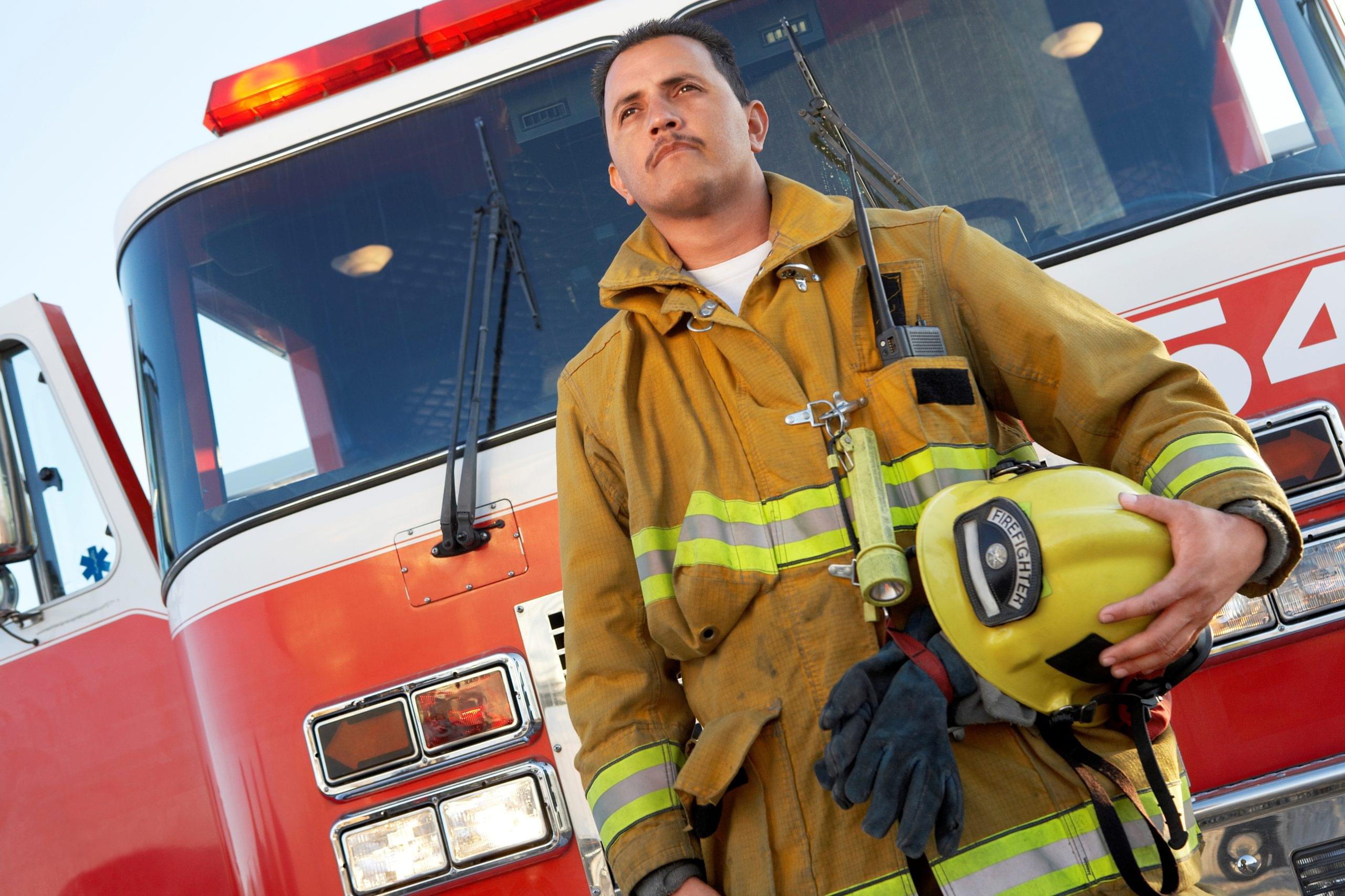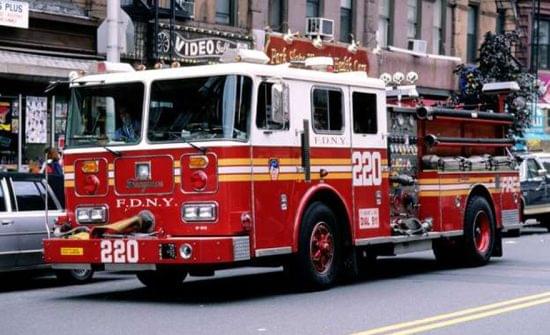

Online Training
6.5-hr course. Improve leadership skills with this foundational introductory course to an Incident Command System.
Out of stock
Description
The Fire Command Course identifies and presents specific, discrete, and measurable skills that define a successful Incident Commander. It consists of 11 training modules that range between 20-60 minutes each, with specific questions to keep the learner engaged. The course finishes with a 15 min quiz to test the learner’s knowledge gained.
The important skills learned in this course become necessary in the most critical of emergency situations. Train now in order to succeed later.
Course Details
| View on your | Computer, Phone, Tablet |
|---|---|
| Length | 6.5 hours |
| Enrollment Duration | 90 Days |
Course Lessons
Lesson #1: Leadership
- Understand core institutional principles, as well as the importance of duty, respect and integrity
- Understand how command presence, communication, situational awareness, and problems solving and decision making are critical leadership skills on the fire ground
Lesson #2: Incident Command System (ICS)
- Identify and describe ICS terminology, principles and features
- Explain the responsibilities and functions of Incident Commanders
- Discuss the responsibilities of Command Staff at incident scenes
- Explain the differences between the positions within the ICS organization
- Describe and identify common leadership responsibilities to manage incidents
- Describe and identify leadership responsibilities in managing complex incidents
- Identify and describe the Levels of Operations of Command
Lesson #3: Roadway Safety
- Identify roadway safety concepts
- Describe safety precautions
- Use law enforcement to perform safe practices to protect personnel operating on the scene
Lesson #4: Extraction
- Describe the basic skills necessary for vehicle extrication
- Describe the initial actions an Incident Commander must take during a vehicle extrication incident
- Explain and apply the safety precautions necessary to protect both your crew and patients during an extrication
- Create an effective ground operations plan for patient health using standard tactics
- Apply the incident command system during a vehicle extrication scene
Lesson #5: Mass Casualty Incidents
- Identify and apply mass casualty incident alarm assignments
- Apply the ICS structure and general procedures for mass casualty incidents
- Apply the appropriate safety precautions for mass casual incidents such as active shooters, car accidents and hazardous materials incidents
- Apply the appropriate safety precautions for mass casual incidents such as active shooters, car accidents and hazardous materials incidents
Lesson #6: Building Construction
- Describe the different components of a building and the different types of collapses that can occur during a fire
- Identify different building construction materials and how they can affect the ability to fight a fire
- Identify different roof structure types and how they can affect the ability to fight a fire
- Explain the special considerations Incident Commanders must face when fighting fires of various building construction types
Lesson #7: Reading Smoke
- Explain why reading smoke is important to the fire service
- Describe other factors that impact smoke reading
- Describe the characteristics of smoke
- Describe and judge rate of change
- Describe and predict critical fire events
Lesson #8: Strategy and Tactics
- Detail initial Incident Commander responsibilities
- List and describe fireground operations, roles, duties and considerations
- Describe the proper use of the ICS
- Describe safety procedures, considerations, and mitigation techniques to ensure personnel and civilian safetytra
Lesson #9: Ventilation
- Apply ventilation basics such as the proper timing, location, and type of ventilation to use during an incident
- Take into account the type of structure and how it affects the use of ventilation during an incident
- Describe the critical events that occur during an incident and how they can affect ventilation
Lesson #10: Wildfire
- Identify and describe wildland-specific terminology
- Identify and describe fireground cues
- Identify and describe strategies
- Identify and describe general wildfire policies
- Identify and describe command responsibilities
Lesson #11: HAZMAT
- Identify the different hazardous materials classifications, how they are typically placarded, and apply the necessary precautions
- Identify and utilize the various extinguishing agents based on the type of hazardous materials spill
- Explain how an incident commander should respond to HAZMAT incidents
- Describe the responsibilities of the HAZMAT team
- Describe and apply the various HAZMAT command functions during an incident
- Identify agencies and their various roles associated with HAZMAT incidents
Benefits & Features
Results
- Improves leadership skills throughout the department, prepping all department members to advance in leadership
- Increases emergency preparedness of giving a basic understanding of various emergency situations
Benefits
- Online format allows for study and review after completion of course
- Supplements and/or replaces more expensive live individual and group training
Features
- Accessible from any location with internet connection, on desktop or mobile
- Can be implemented today with no software or system integration
- Delivered one-on-one online in 11, 30-60 minute modules
Only logged in customers who have purchased this product may leave a review.
You may also like…
-
Online Training
- Defensive Driving Fire
- 3.5-hr course. Supplement your EVOC training with our Defensive Driving Course focused on the 5…
- $45


Reviews
There are no reviews yet.